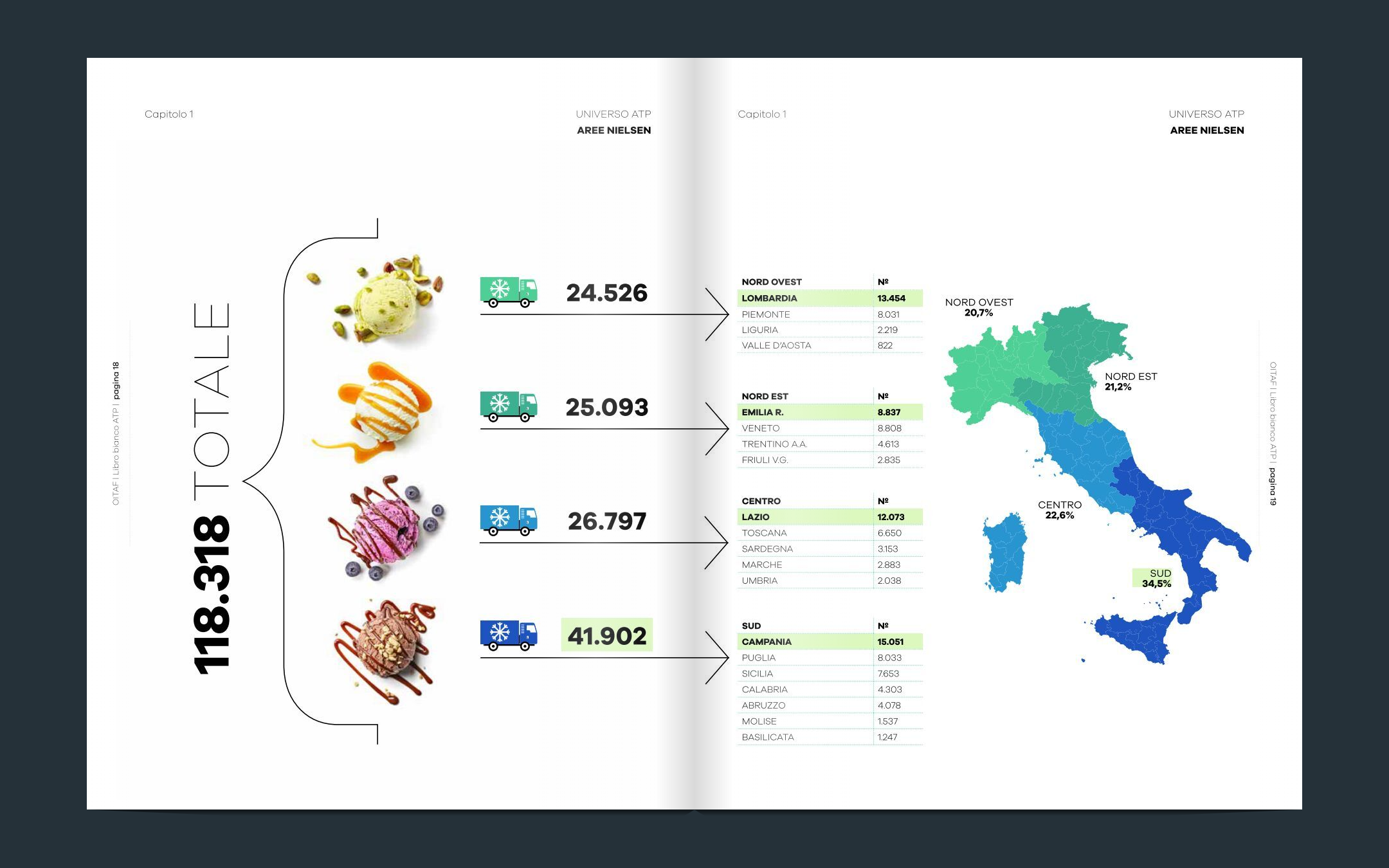This year, in March, the first volume of the ATP White Book finally came out: it is a snapshot of the refrigerated transport sector in Italy.
The White Book was produced with the intention of analyzing and describing the temperature-controlled transport sector focusing on vehicles and semi-trailers. Both an in-depth report on the type of vehicles present in each region and a census of the number of ATP-certified vehicles per inhabitant are provided. The book also features speeches by some of the players in the supply chain, strategic food safety objectives, supply chain digitalization processes, and the promise of a second volume focusing on trailers.
ATP White Book: for a competitive and sustainable transport system
The Osservatorio Interdisciplinare Trasporto Alimenti e Farmaci (OITAF) has produced the first White Book on ATP transport in Italy, an analytical perspective on refrigerated transport in Italy, the current state of fleets and their distribution across the territory.
The Book was officially presented in Milan during the Shipping, Forwarding & Logistics MEET Industry event, held March 9-11 at the Assolombardia Conference Center.

Source: White Book of ATP transport in Italy
Controlled-temperature transport is regulated by the international ATP (Accord Transport Perissable) agreement, which provides shared procedures for the handling and distribution of perishable foods, defines temperatures for the transport in isothermal vans of frozen and refrigerated products, and outlines the characteristics that must be respected in the construction of the vehicles. This is to ensure food safety and the integrity of a particularly sensitive mode of transportation, which is experiencing a positive phase in Italy with the growth of the fresh food market, and which can count on about 120,000 vehicles.
"This is a historic moment, marking a step change in the knowledge of a segment that is fundamental to our country's food supply chain," said OITAF President Clara Ricozzi.
«After years in which we have had only surveys and estimates, for the first time the processing of raw data provided by MIMS has allowed us to develop an accurate analysis of an area that is critical to the safety and quality of the food that reaches our tables.»
The publication, produced by OITAF with the support of MIMS (Ministry of Infrastructure and Sustainable Mobility), brings together contributions from experts in the field, from regulatory, technical and commercial perspectives.
The first of the two planned volumes is focused on vehicles; the second will be on trailers.
Strategic goals and numbers of the new White Book
The ATP White Book faithfully photographs the size, territorial distribution and aggregation into fleets of refrigerated vehicles intended for the refrigerated transport of food.
The elaboration developed by OITAF, accompanied by graphs and tables, revealed interesting numbers. The region with the largest number of ATP vehicles – excluding semi-trailers – is Campania, with 15,051 units, followed by Lombardy with 13,454 and Lazio with 12,073. At the macro-region level, Southern Italy is first with 41,902 vehicles, followed by the Center with 26,797 vehicles and then the Northeast and Northwest with 25,093 and 24,526 units, respectively.
In total, there are 118,318 ATP vehicles surveyed within the parameters recalled. Source: White Book of ATP transport in Italy
Source: White Book of ATP transport in Italy
The research, divided into two volumes – he first of which is devoted to vehicles, the second to trailers and is not yet available – is aimed at rationalizing the universe of refrigerated transport, or rather temperature-controlled transport, creating an unprecedented source for understanding a segment that is increasingly important for the Transport system and for Italy.
The first volume is structured as follows:
- Chapter 1: Spread of the licensing universe by Nielsen area and region, breakdown by Euro classes, breakdown by vehicle type (transportation, distribution);
- Chapter 2: National, Nielsen and regional classification of vehicles by brand, with further breakdown into Light Commercial Vehicle and Medium-Heavy Commercial Vehicle;
- Chapter 3: Regional composition of ATP vehicle fleets in Italy, described according to mission;
- Chapter 4: The Future of ATP Transportation. A number of talks by industry representatives on the evolution and "broadening" of the industry are noted. Focus on specialized distributors, IoT and telematics experts, charterers;
- Appendix: ATP standards, OITAF proposals on the transport of wine and EVO oil, recommendations for the transport of Covid-19 vaccines.
After the introductory speeches by President Clara Ricozzi and Giuseppe Guzzardi, Director General of OITAF, the presentation event continued with a discussion on the level of technology and efficiency achieved by fleets, and the current challenges for refrigerated food transport that has much in common with that of medicines.
Finally, both the accounts of logistics operators who comply with ATP standards and have decided to invest in their distribution practices and digitalization processes to ensure the continuity of controlled temperature and thus more food safety, and the contribution of institutions working to translate all the efforts needed for a safer supply chain into standards were highlighted.
 Source: White Book of ATP transport in Italy
Source: White Book of ATP transport in Italy
Conclusion
The first volume of the ATP White Book is certainly good news for all supply chain stakeholders who rely on refrigerated transportation, provides a very detailed framework for implementing good food safety practices and, through the words of managers and other supply chain stakeholders signals the need to insist on logistics digitalization processes as crucial levers for the development of a strategic sector in the contemporary world.
